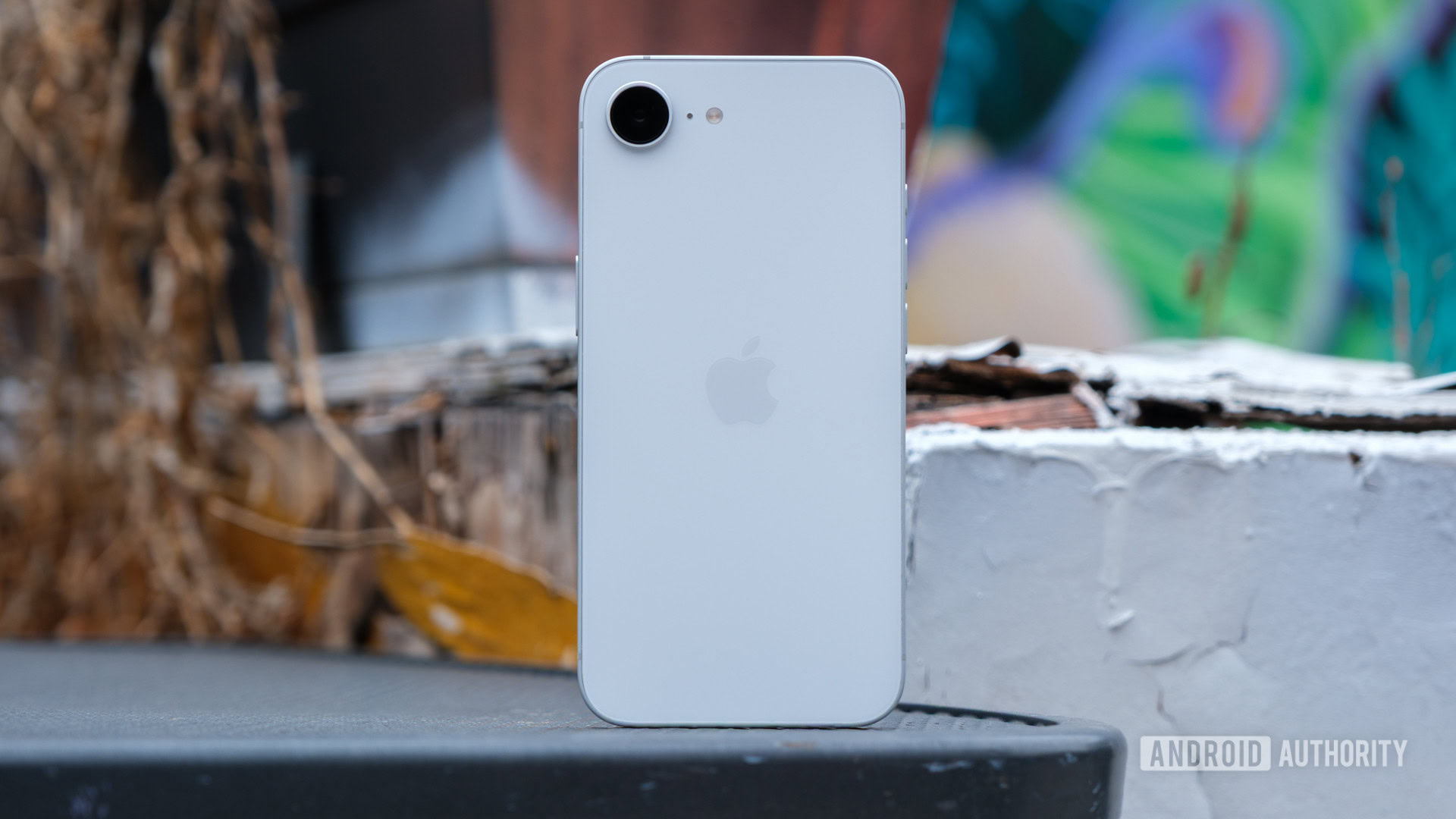
I switched to the iPhone 16e to see if it can beat Android's best affordable flagships
- 19.03.2025 02:17
- androidauthority.com
- Keywords: AI, Market Growth
The iPhone 16e offers an affordable, minimalist iOS experience with solid performance and a vibrant OLED screen but lacks features like dual cameras and MagSafe. While its AI tools are decent, they don't surpass those of competing Android budget flagships, making it a better choice for Apple ecosystem users rather than others.